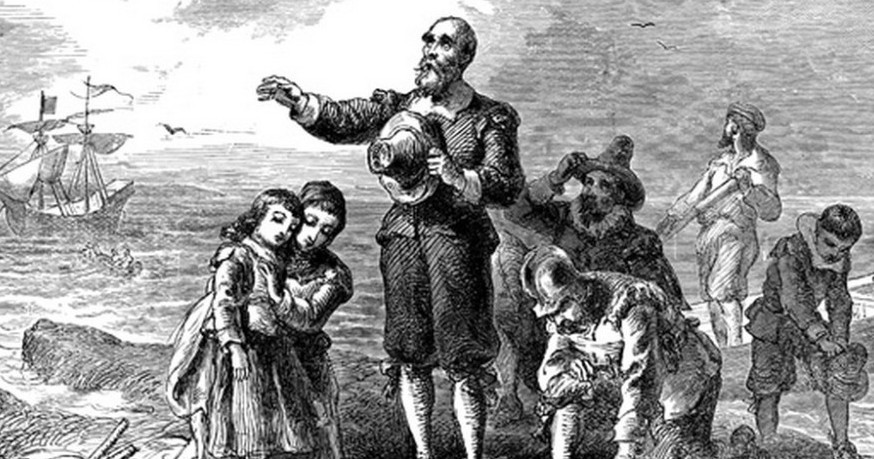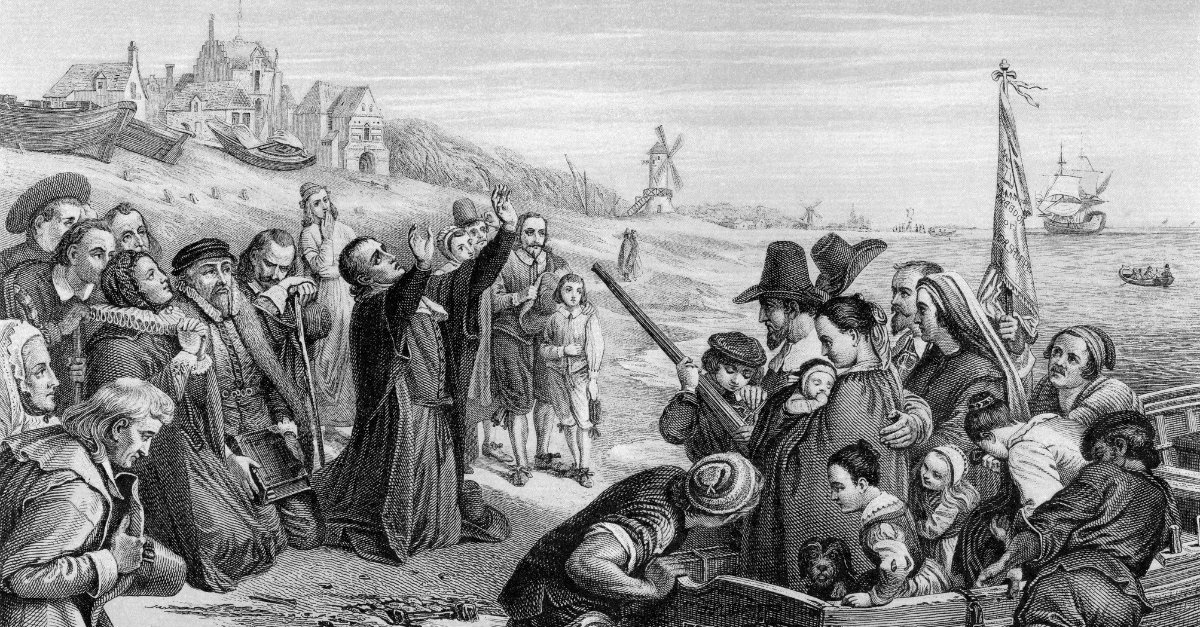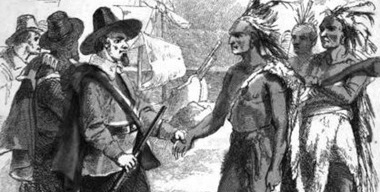The pilgrims were believing Christians who separated from the State Church of England in the late 16th century and early 17th century in order to form a church by covenant according to the biblical model as they saw it in the Scriptures. As William Bradford put it in his work Of Plimoth Plantation “they shook off this yoke of antichristian bondage, and as the Lord’s free people joined themselves (by a covenant of the Lord) into a church estate, in the fellowship of the gospel, to walk in all His ways made known, or to be made known unto them, according to their best endeavors, whatsoever it should cost them.”

Who were the Pilgrims?

Why did the Pilgrims come?
Most of the pilgrims who fled England resided in Leyden, Holland for 11 years where their church grew to over 300. When the truce with Spain was about to end and they were getting older and had great concern for their children, they decided to leave and plant a new church in America for the sake of future generations. As Bradford put it “a great hope and inward zeal they had of laying some good foundation, or at least to make some way thereunto, for the propagating and advancing the gospel of the kingdom of Christ in those remote parts of the world; yea, though they should be but even as stepping-stones unto others for the performing of so great a work.”

What was the Pilgrims relations with the Indians like?
As their writings indicate, the Pilgrims desired to come to the new world to purchase land from the Natives, treat them fairly and seek to evangelize based on their example of good character. In March of 1621, they were able to agree to a Peace Treaty with the Natives which stated that each would abide by their own laws, and aid each other if unjustly attacked. Though there were mistakes and imperfections, the basic Treaty was kept for 54 years.
